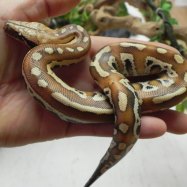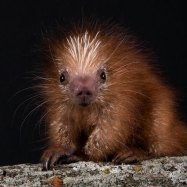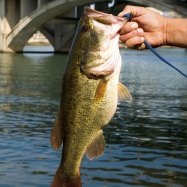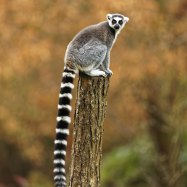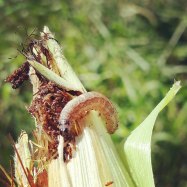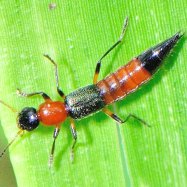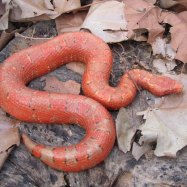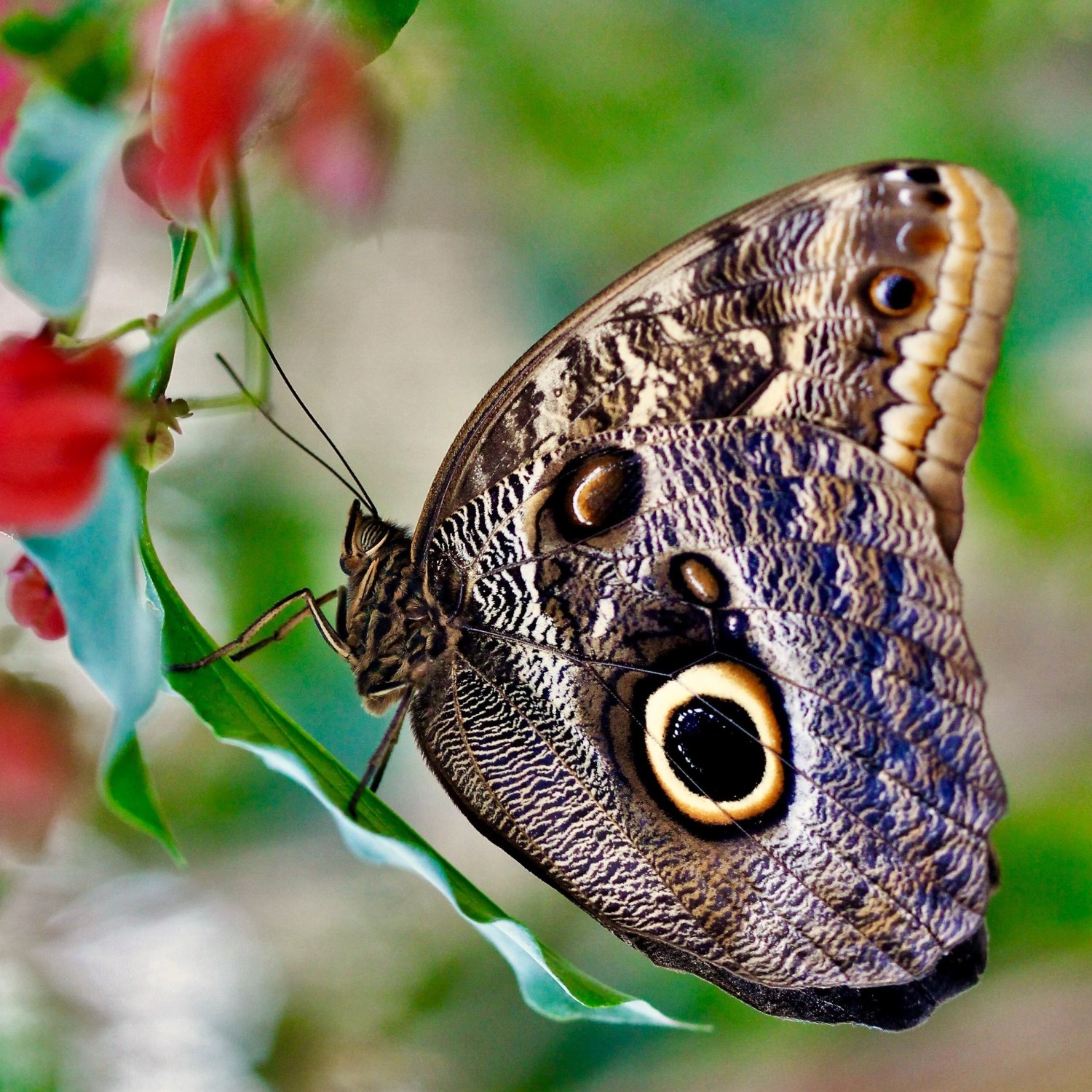
Owl Butterfly
10 - 15 cm (4 - 6 inches)
The Owl Butterfly is a beautiful species found in the rainforest canopy. With a wingspan of 10-15 cm (4-6 inches) and a large, robust body, they are one of the largest butterflies in their family, Nymphalidae. Keep an eye out for these graceful creatures on your next rainforest adventure. #Nature #Butterfly #Rainforest
Animal Details Summary:
Common Name: Owl Butterfly
Kingdom: Animalia
Habitat: Tropical rainforests
The Fascinating World of the Owl Butterfly
In the dense and vibrant tropical rainforests of Central and South America, there is a creature that is known for its unique beauty and enchanting appearance – the Owl Butterfly. Scientifically known as Caligo memnon, this stunning butterfly has captured the attention of many nature lovers and scientists alike.The Owl Butterfly belongs to the kingdom Animalia and phylum Arthropoda, which is the largest and most diverse group of animals on the planet. Within the class Insecta and order Lepidoptera, this butterfly falls under the family Nymphalidae, which includes over 6,000 species of butterflies and moths Owl Butterfly.
As its name suggests, the Owl Butterfly has markings on its wings that resemble large eyes, making it appear as if it has the face of an owl. This unique characteristic has earned it the nickname “owl eyes” butterfly. However, this is just one of the many fascinating features of this incredible insect. To truly understand the wonder of the Owl Butterfly, let’s dive into its habitat, feeding habits, distribution, and appearance.
The Habitat of Owl Butterfly
The Owl Butterfly is a true resident of the tropical rainforests. It can be found in countries such as Costa Rica, Panama, Brazil, Colombia, Ecuador, Peru, and Bolivia. These butterflies are highly adaptable and can thrive in different habitats within the rainforest, including the understory and the canopy.The rainforest canopy is the uppermost layer of the forest, where most of the sunlight is filtered through the dense tree cover. This is where the Owl Butterfly spends most of its time, making it challenging to spot in its natural habitat Ornate Bichir. The butterfly is perfectly suited for this environment, with its large and robust body shape and powerful wings, which allow it to navigate through the dense vegetation with ease.
Feeding Habits
Like most butterflies, the Owl Butterfly is herbivorous, meaning it feeds on plants. However, what sets it apart from other butterfly species is its unique feeding method. Instead of using its proboscis, a straw-like mouthpart, to feed on nectar from flowers, the Owl Butterfly feeds on fruit juices and rotting plant matter.This behavior is known as “mud-puddling,” where the butterfly lands on the ground or a low-lying fruit or flower and uses its proboscis to suck up the juices. This feeding method not only provides the necessary energy for the butterfly but also serves as a source of vital nutrients such as sodium and amino acids. This makes the Owl Butterfly an important pollinator and nutrient distributor in the rainforest ecosystem.
Distribution and Country of Origin
The Owl Butterfly is primarily found in Central and South America, in countries such as Costa Rica, Panama, Brazil, Colombia, Ecuador, Peru, and Bolivia. However, it has also been spotted in other parts of the world, mostly in butterfly pavilions, where the conditions replicate its natural habitat.The Owl Butterfly is known to migrate from one location to another within its range, following the availability of its host plants. This is another reason why it is essential to protect the rainforest and its diverse plant life, as it directly impacts the survival of the Owl Butterfly and other species.
Appearance and Coloration
The Owl Butterfly is a sight to behold, with its magnificent wingspan of 10 to 15 cm (4 to 6 inches). Its wings are broad and rounded, with intricate patterns and colors that make it stand out in the rainforest. The upper side of its wings is a dark brown, while the underside is a vibrant orange with black markings.However, the most distinctive feature of the Owl Butterfly is the large “eyes” on its wings, which serve as a defense mechanism against predators. When threatened, the butterfly can open and close its wings rapidly, creating the illusion of a larger creature, scaring off potential predators. This is known as startle camouflage and is a common feature among many butterfly species.
The Role of Owl Butterfly in the Rainforest Ecosystem
The Owl Butterfly is not just a beautiful creature, but it also plays a crucial role in the rainforest ecosystem. As mentioned earlier, its feeding habits make it an important pollinator and source of nutrients for plants. This helps in maintaining the delicate balance of the rainforest and ensures the survival of various plant and animal species.Moreover, the Owl Butterfly also serves as food for other animals in the rainforest, such as birds, spiders, and ants. This makes it an integral part of the food chain and highlights the interconnectedness of all living things in the rainforest.
Threats to the Owl Butterfly
Despite its resilience and adaptation to its environment, the Owl Butterfly is facing several threats to its survival. The destruction of its natural habitat due to deforestation, logging, and agricultural practices is the primary threat to the butterfly’s population. This not only affects the Owl Butterfly but also other species that depend on the rainforest for survival.Moreover, the capture and trade of the Owl Butterfly as a commodity in the pet and souvenir industry is also a significant threat. This not only disrupts the butterfly’s life cycle but also has a negative impact on its population.
Conservation Efforts
To protect and conserve the Owl Butterfly, conservationists and researchers are working towards educating the public about the importance of rainforest conservation. Efforts are also being made to establish protected areas and prevent illegal logging and hunting. In addition, ecotourism, where people can observe the butterfly in its natural habitat, has also become a source of income for local communities, promoting the preservation of the rainforest.Conclusion
In conclusion, the Owl Butterfly is a true marvel of the rainforest. Its unique appearance and behavior make it stand out among other butterfly species and highlights the diversity and complexity of the rainforest ecosystem. However, this delicate creature is facing serious threats to its survival, further emphasizing the need to protect these precious habitats.As we continue to learn more about the Owl Butterfly and its role in the rainforest, let us also do our part in preserving these magnificent creatures and their natural habitat. After all, a world without the Owl Butterfly would be a dull and less enchanting place.

Owl Butterfly
Animal Details Owl Butterfly - Scientific Name: Caligo memnon
- Category: Animals O
- Scientific Name: Caligo memnon
- Common Name: Owl Butterfly
- Kingdom: Animalia
- Phylum: Arthropoda
- Class: Insecta
- Order: Lepidoptera
- Family: Nymphalidae
- Habitat: Tropical rainforests
- Feeding Method: Herbivorous
- Geographical Distribution: Central and South America
- Country of Origin: Costa Rica, Panama, Brazil, Colombia, Ecuador, Peru, Bolivia
- Location: Rainforest canopy
- Animal Coloration: Brown, orange, black
- Body Shape: Large and robust
- Length: 10 - 15 cm (4 - 6 inches)
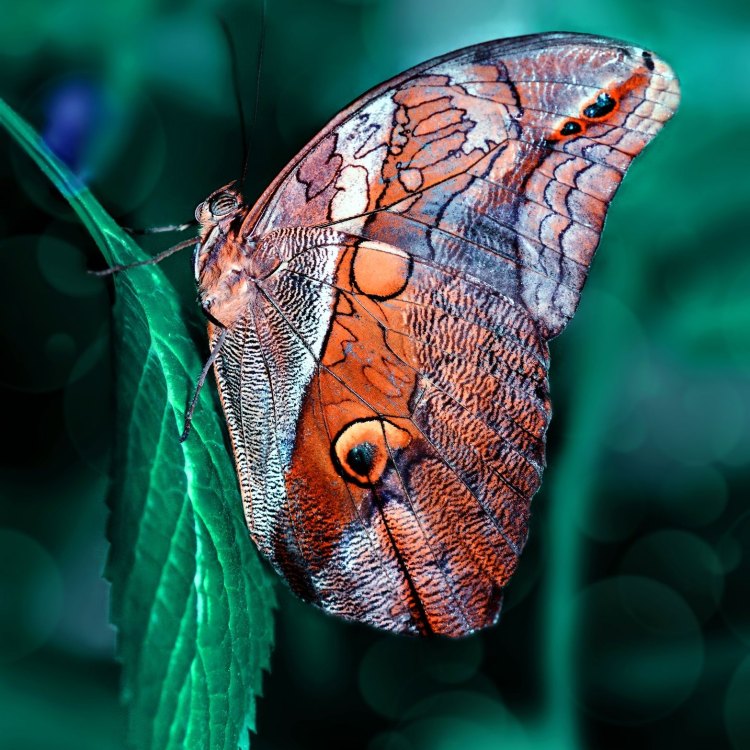
Owl Butterfly
- Adult Size: Large
- Average Lifespan: 2 - 3 weeks
- Reproduction: Sexual
- Reproductive Behavior: Mating occurs in mid-air
- Sound or Call: -
- Migration Pattern: Non-migratory
- Social Groups: Solitary
- Behavior: Nocturnal, active during early morning and late afternoon
- Threats: Habitat loss, deforestation
- Conservation Status: Not yet evaluated (IUCN), CITES Appendix II
- Impact on Ecosystem: -
- Human Use: Popular in butterfly gardens, ecotourism
- Distinctive Features: Large owl-like eye spots on wings
- Interesting Facts: 1. Owl butterflies are named for their large eye spots that resemble the eyes of an owl. 2. They have a unique behavior of actively perching with their wings held vertically, resembling a dry leaf. 3. The larvae of owl butterflies feed on various species of passion vines. 4. They are known for their slow and deliberate flight. 5. Owl butterflies are commonly found in Central and South American tropical rainforests.
- Predator: Birds, spiders, bats
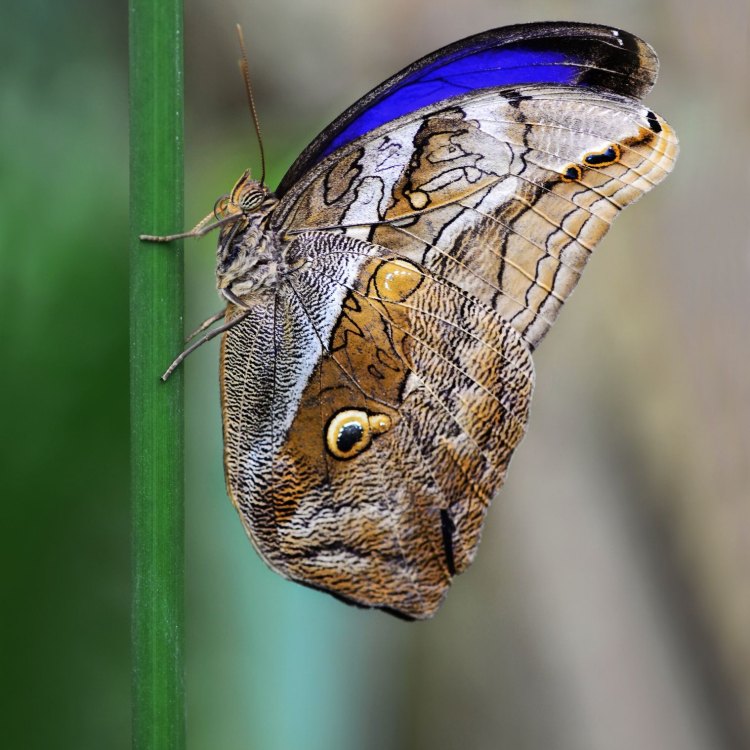
Caligo memnon
The Enigmatic Owl Butterfly: A Closer Look at One of Nature's Most Fascinating Species
Butterflies are often seen as delicate creatures, fluttering around flowers and brightening up our gardens with their vibrant colors. However, there is one butterfly species that stands out among the rest – the majestic owl butterfly.From its size and distinctive appearance to its intriguing behavioral patterns, the owl butterfly is a truly unique and fascinating creature. In this article, we will take a closer look at the intriguing features and behavior of this magnificent species PeaceOfAnimals.Com.
Appearance and Size
The owl butterfly, also known as the Caligo butterfly, belongs to the genus Caligo in the family Nymphalidae. It is a large butterfly species, with a wingspan of up to 6 inches (15 cm). In fact, it is one of the largest butterfly species found in the rainforests of Central and South America.The distinctive feature of the owl butterfly is its large eye spots on its wings, which resemble the eyes of an owl – hence the name. These eye spots are predominantly found on the underside of the wings and serve as a defense mechanism against predators.
The upper side of the wings is usually dark brown or black, with white or yellow markings. The underside is a lighter shade of brown with intricate patterns and colors that serve as camouflage, making it difficult for predators to spot them when resting on leaves or branches.
Lifespan and Reproduction
As with most butterfly species, the lifespan of the owl butterfly is relatively short, lasting only 2-3 weeks. During this time, they go through a complete metamorphosis, starting as eggs, then becoming larvae (caterpillars), pupae, and finally emerging as adult butterflies Orb Weaver.These butterflies reproduce sexually, with the females laying their eggs on leaves of their host plant. The larvae then feed on the leaves until they are ready to pupate. Interestingly, the male owl butterfly has a unique behavior of releasing pheromones to attract females during mating. This behavior is thought to occur in mid-air, making it a challenging sight to witness.
Behavior and Habitat
The owl butterfly is a solitary species, meaning they do not live in groups or colonies. They are also predominantly nocturnal, making them active during the early mornings and late afternoons. However, they can also be seen during the day, especially on a warm and sunny day.One of the most amazing behaviors of the owl butterfly is its unique way of perching. Unlike most butterflies, who rest with their wings open, the owl butterfly perches with its wings held vertically, resembling a dry leaf. This behavior not only helps them blend in with their surroundings but also serves as a protective mechanism against predators.
These butterflies are found in tropical rainforests of Central and South America, primarily in countries like Brazil, Costa Rica, and Colombia. They prefer to live in the understory of the rainforest, where they can find their host plants for reproduction.
Threats and Conservation Status
Like most species in the rainforest, the owl butterfly faces various threats to its survival. Their primary threat is habitat loss and deforestation, which is rampant in the regions where they live. As a result, their population has significantly declined in recent years.Furthermore, these butterflies are also prey to birds, spiders, and bats. However, their defense mechanism of eye spots and camouflage helps them to evade predators and increase their chances of survival.
Despite these threats, the owl butterfly has not yet been evaluated for its conservation status by the International Union for Conservation of Nature (IUCN). However, it is listed on Appendix II of the Convention on International Trade in Endangered Species of Wild Fauna and Flora (CITES), which regulates and monitors their trade.
Human Use and Interesting Facts
Aside from their role in the ecosystem, the owl butterfly also has a significant impact on humans. They are popular in butterfly gardens and are often sought after by ecotourists who visit the rainforest to witness their incredible beauty.Moreover, the larvae of owl butterflies are known to feed on various species of passion vines. This symbiotic relationship between the butterfly and the plant has piqued the interest of scientists and nature enthusiasts alike.
Lastly, here are some interesting facts about owl butterflies that make them even more fascinating:
1. The owl butterfly is named after the owl due to the resemblance of its eye spots to those of an owl.
2. They are known for their slow and deliberate flight, making them a rare sight to see in the rainforest.
3. The larvae of owl butterflies are cannibalistic, often eating each other when food is scarce.
4. They have a lifespan of only a few weeks, but the entire process from egg to adult butterfly can take up to 6 months.
5. Some species of owl butterflies have developed a form of toxicity, making them unpalatable to predators.
In conclusion, the owl butterfly is undoubtedly a unique species that continues to awe and captivate nature enthusiasts. With its large size, distinctive appearance, and intriguing behavior, it is clear why it has become a popular species for ecotourism and butterfly gardens. However, it is crucial that we take steps to protect the owl butterfly and its habitat to ensure its survival for generations to come. As the saying goes, "it is not just a butterfly, it is a precious living being that needs our care and protection."
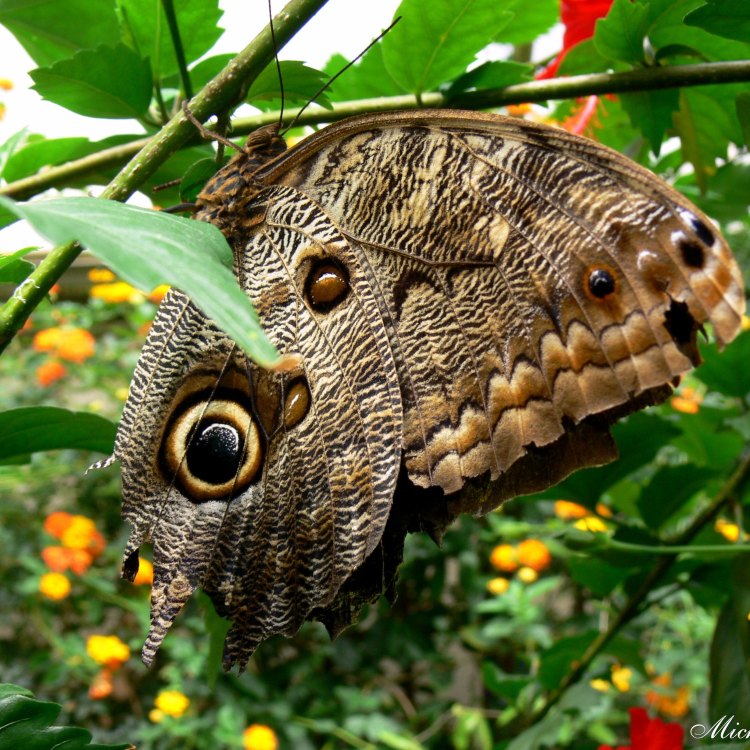
The Fascinating World of the Owl Butterfly
Disclaimer: The content provided is for informational purposes only. We cannot guarantee the accuracy of the information on this page 100%. All information provided here may change without prior notice.


